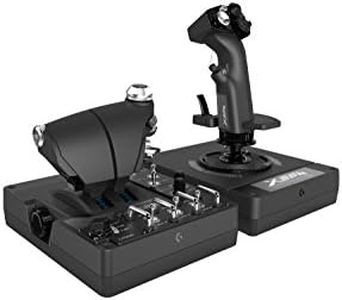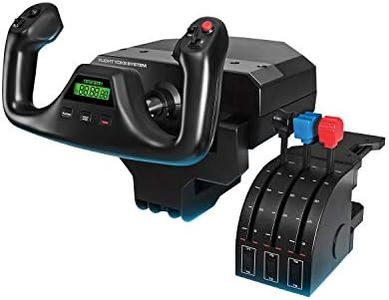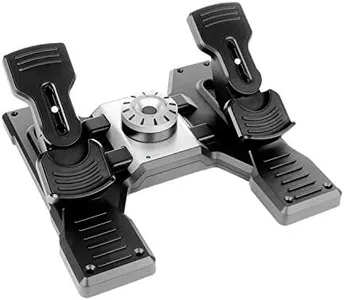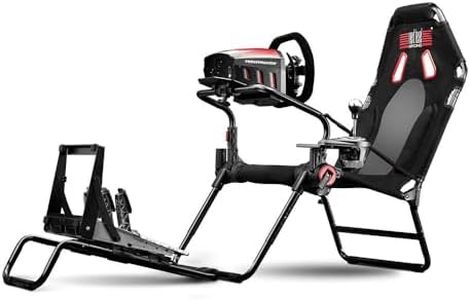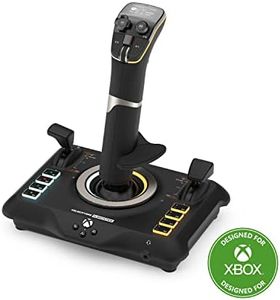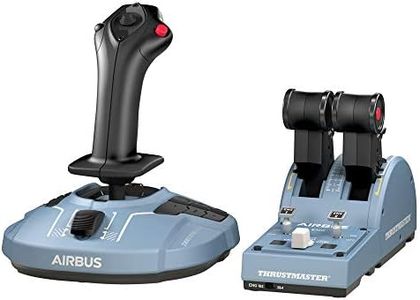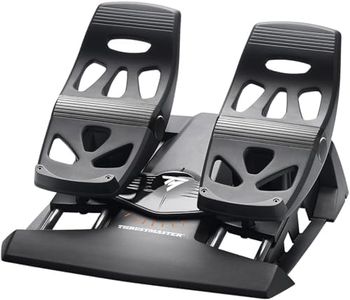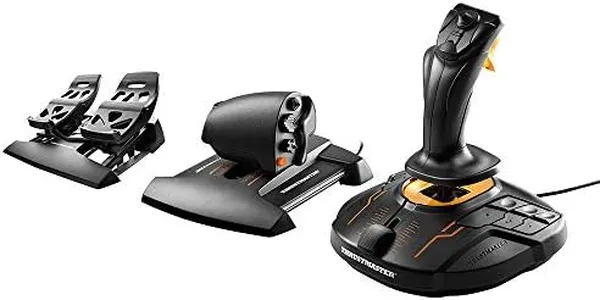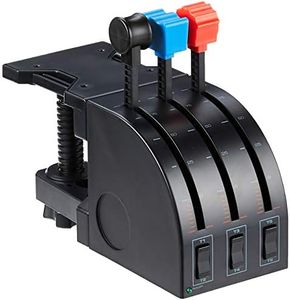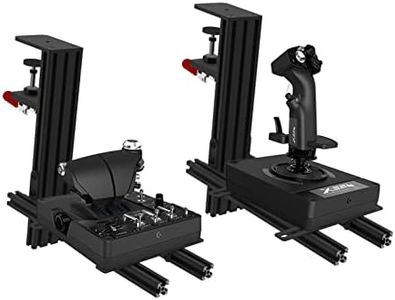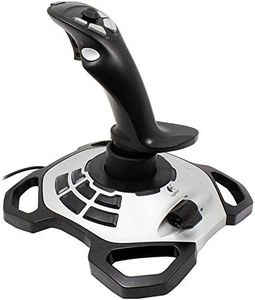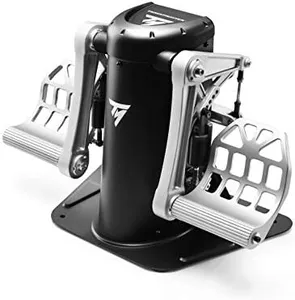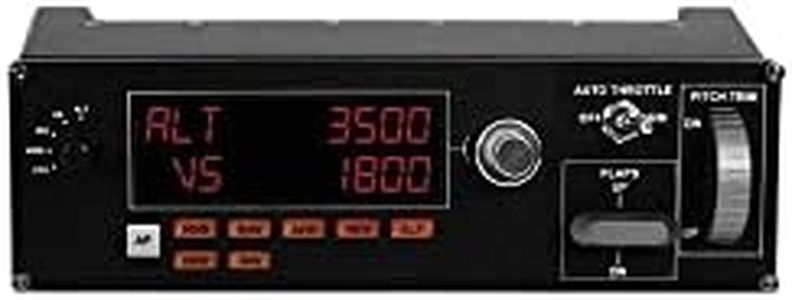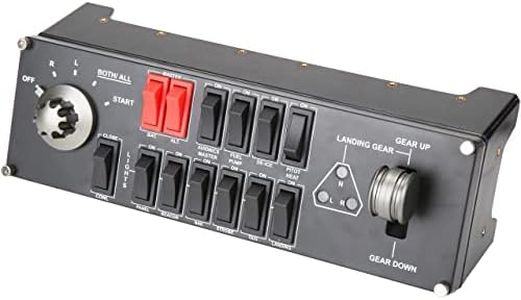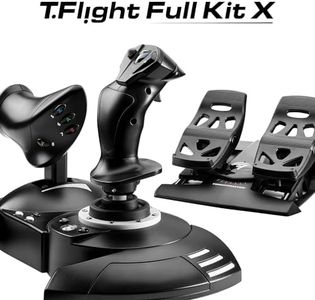We Use CookiesWe use cookies to enhance the security, performance,
functionality and for analytical and promotional activities. By continuing to browse this site you
are agreeing to our privacy policy
10 Best Helicopter Simulator Controls 2025 in the United States
How do we rank products for you?
Our technology thoroughly searches through the online shopping world, reviewing hundreds of sites. We then process and analyze this information, updating in real-time to bring you the latest top-rated products. This way, you always get the best and most current options available.

Buying Guide for the Best Helicopter Simulator Controls
Choosing the right helicopter simulator controls can greatly enhance your flight simulation experience. The right set of controls will provide you with a more realistic and immersive experience, making your training or gaming sessions more enjoyable and effective. When selecting helicopter simulator controls, it's important to consider several key specifications to ensure that the controls meet your needs and preferences. Here are the key specs to look out for and how to navigate them.Control Stick (Cyclic)The control stick, or cyclic, is used to control the helicopter's pitch and roll. This is important because it allows you to maneuver the helicopter in various directions. When choosing a control stick, consider the range of motion and the resistance it offers. A high-quality cyclic will have a smooth and precise movement, with adjustable resistance to match your preference. If you are a beginner, you might prefer a stick with less resistance for easier control, while experienced users might opt for more resistance for a realistic feel.
Collective LeverThe collective lever controls the helicopter's lift by changing the pitch of the rotor blades. This is crucial for ascending and descending. Look for a collective lever that offers a realistic range of motion and adjustable tension. Some models come with additional features like throttle control and buttons for extra functionality. Beginners might prefer a simpler collective lever, while advanced users might look for one with more features and customization options.
Rudder PedalsRudder pedals control the yaw of the helicopter, allowing you to rotate it left or right. This is important for coordinated turns and hovering. When selecting rudder pedals, consider the build quality, range of motion, and resistance. High-quality pedals will offer smooth and precise control with adjustable resistance. If you are new to flight simulation, you might prefer pedals with less resistance, while experienced users might want more resistance for a realistic feel.
Button and Switch PlacementThe placement of buttons and switches on your controls can greatly affect your simulation experience. These are used for various functions like gear control, lights, and other systems. Look for controls with an ergonomic design that places buttons and switches within easy reach. Consider how many buttons and switches you need based on the complexity of your simulations. Beginners might need fewer buttons, while advanced users might require more for a fully immersive experience.
Build Quality and DurabilityThe build quality and durability of your helicopter simulator controls are important for long-term use. High-quality materials and construction will ensure that your controls last longer and provide a more realistic feel. Look for controls made from metal or high-quality plastic, with solid construction and good reviews. If you plan to use your controls frequently, investing in a durable set will save you money and frustration in the long run.
CompatibilityCompatibility with your flight simulation software and hardware is crucial. Ensure that the controls you choose are compatible with your computer and the flight simulation software you use. Check the specifications and reviews to confirm compatibility. If you use multiple simulation programs, look for controls that are versatile and can be easily configured for different software.
Adjustability and CustomizationAdjustability and customization options allow you to tailor the controls to your preferences. This includes adjustable resistance, customizable buttons, and the ability to fine-tune the controls' sensitivity. Look for controls that offer a high degree of customization to enhance your comfort and control. Beginners might prefer simpler controls with fewer customization options, while advanced users will benefit from more adjustable features.
Most Popular Categories Right Now
